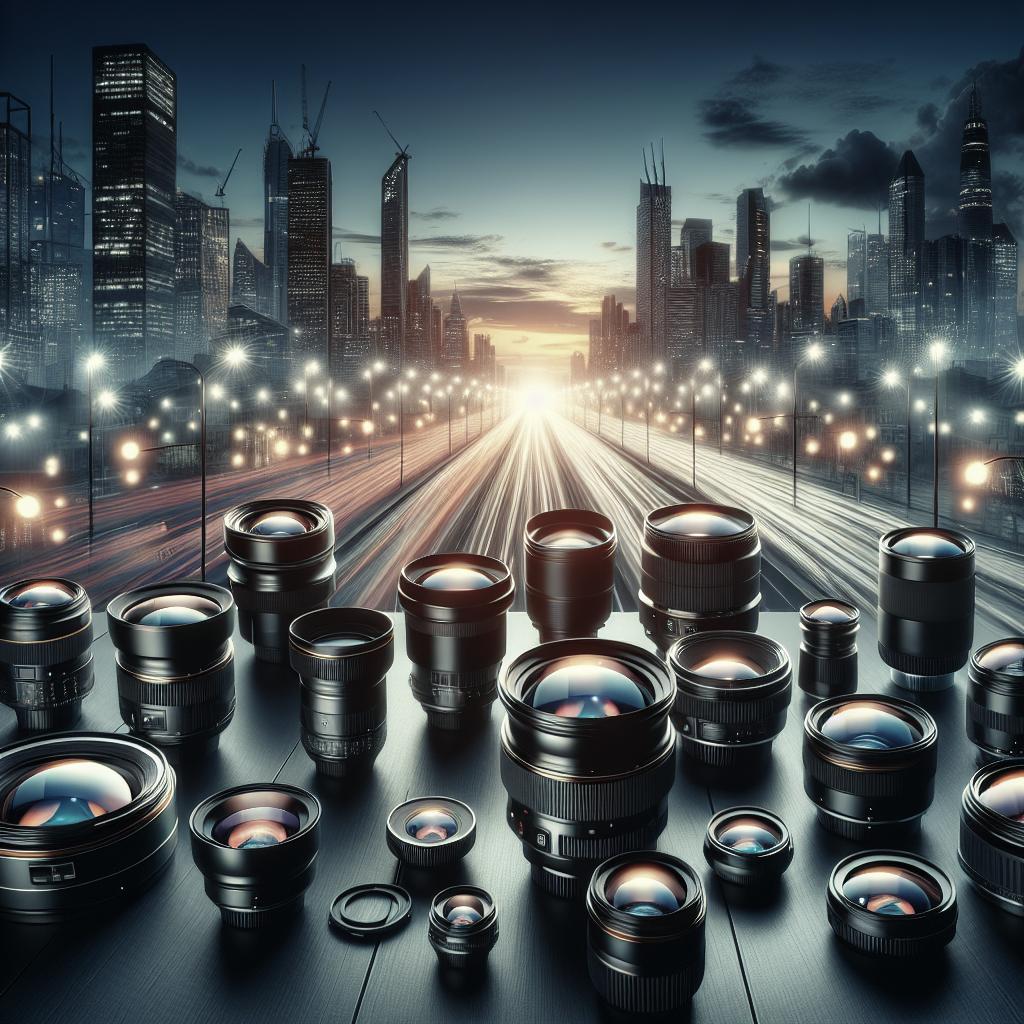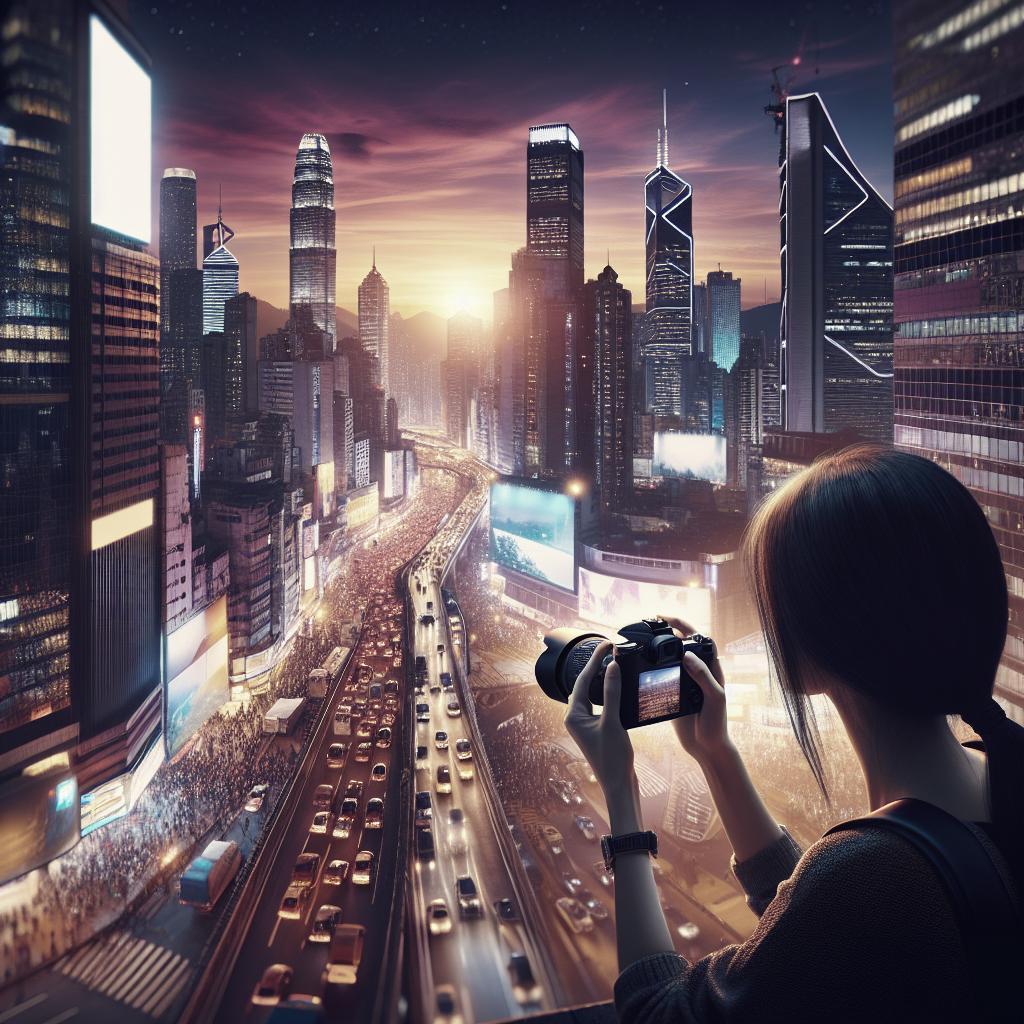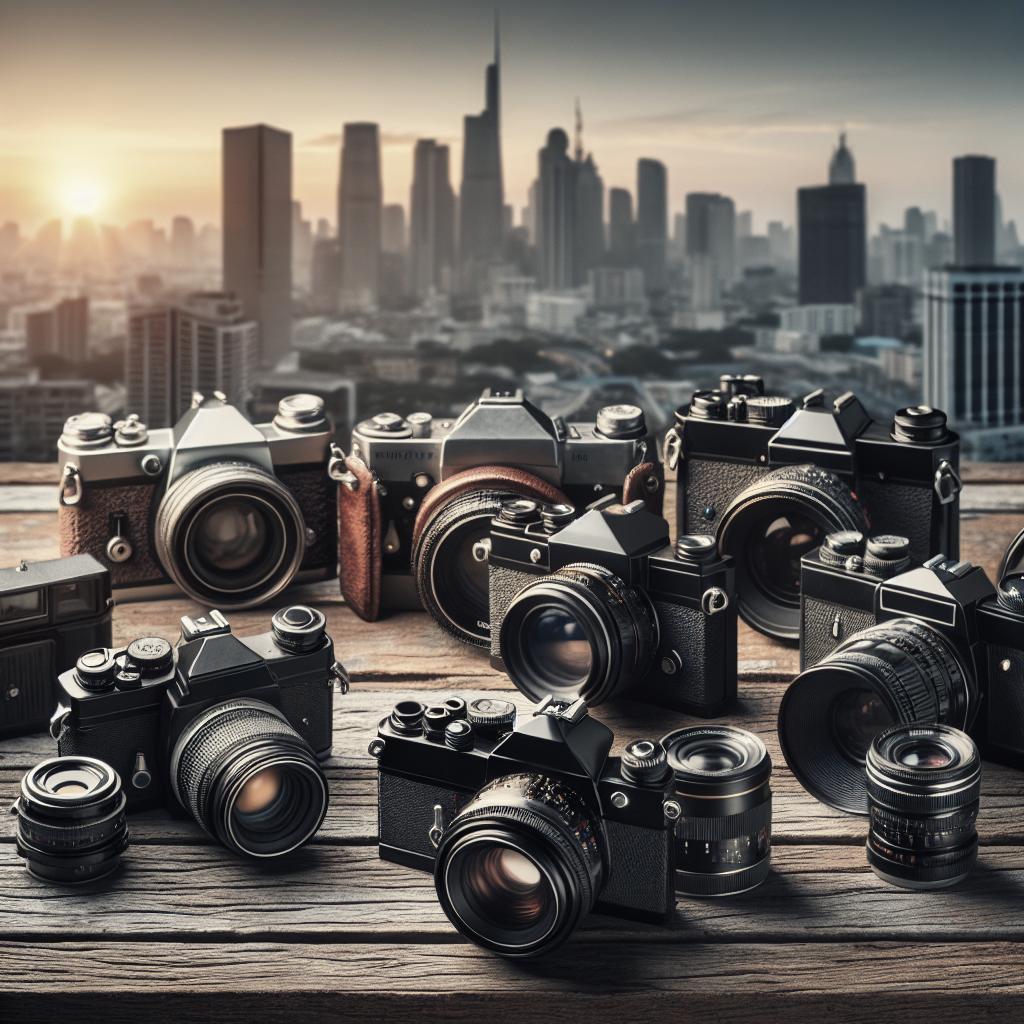<>
Urban photography is a vibrant and dynamic field, capturing the essence of city life through evocative and telling images. Whether you’re an amateur or a professional, choosing the right lens can significantly enhance your photographic outcomes. In this article, we’ll delve into the debate between prime and zoom lenses, discuss the merits of a 50mm lens, explore the capabilities of lenses wider than a 28mm focal length, and help you find the perfect lens tailored to your unique style. Furthermore, we’ll touch on the advantages of using cameras with non-interchangeable prime lenses and emphasize the importance of continual learning in street photography. By the end, you’ll have a clearer understanding of which lens will help you achieve captivating urban shots.
Prime or zoom?
When embarking on your urban photography journey, one of the first decisions you’ll face is choosing between a prime and a zoom lens. Prime lenses, with their fixed focal lengths, are known for their sharpness, simplicity, and wide apertures. They often produce high-quality images with more clarity and less distortion. For example, a 35mm prime lens offers a broad field of view that is generally favored by street photographers for capturing wide scenes without compromising on detail. On the other side, zoom lenses range from wide-angle to telephoto, providing flexibility in composition without needing to change your physical position. However, this versatility often comes at the cost of image quality, especially in low-light situations. While prime lenses force you to move around more and engage with your environment, zoom lenses allow you to quickly adapt to different scenes. Ultimately, your choice might depend on your workflow and style – some photographers enjoy the challenge and intimacy of moving closer to their subject with a prime lens, while others appreciate the convenience of zooming in from a distance.
Why shouldn’t you zoom?
Zoom lenses offer convenience, but they can also create a lazy approach to urban photography. Instead of immersing yourself in the environment and seeking out the best angles, you might find yourself standing still and letting the lens do all the work. This approach can lead to missed opportunities and less engaging images. On the contrary, prime lenses encourage you to get closer to your subject, fostering a more dynamic and interactive shooting experience. Additionally, the optical quality of zoom lenses is generally inferior to that of prime lenses. Zoom lenses often suffer from issues like distortion, especially at the extremes of their focal length. They also tend to have smaller maximum apertures, meaning they perform less well in low light conditions. For street photographers, who often shoot in varied lighting situations, this can be a significant drawback. Using a prime lens can mitigate these issues, ensuring you capture sharp, well-exposed images even in challenging circumstances.
What about 50mm lenses?
The 50mm lens holds a special place in the world of photography due to its versatility and performance. Often dubbed the “nifty fifty,” this lens closely matches the field of view of the human eye, making it ideal for capturing scenes as we perceive them. This makes a 50mm lens particularly useful for street photography, where you want to convey a natural and authentic perspective. With a wide maximum aperture typically ranging from f/1.2 to f/1.8, 50mm lenses excel in low-light conditions and provide beautiful bokeh, allowing you to isolate your subject against a blurred background. This can be especially effective in urban settings, where you can emphasize a person or object amid a bustling cityscape. Furthermore, the compact size and light weight of most 50mm lenses make them easy to carry, ensuring you’re always ready to capture fleeting moments.
What about lenses wider than a 28mm focal length?
Lenses wider than 28mm, such as 24mm or 16mm, provide an expansive field of view that can capture extensive urban landscapes and intricate details. These wide-angle lenses are perfect for photographing architecture, interiors, and crowded street scenes where you want to include many elements in a single frame. The wider perspective allows for creative compositions, dramatic perspectives, and interesting distortions that can add a unique touch to your images. However, it’s essential to be aware of the potential distortion that wide-angle lenses can introduce. Straight lines can appear curved, especially at the edges of the frame, which can either enhance the drama of an image or detract from its realism, depending on your intention. To use these lenses effectively, you should practice composing your shots carefully and consider how the lens characteristics impact your final image.
Find the lens which is ideal for you
Finding the ideal lens for urban photography depends greatly on your personal style and photographic goals. If you love capturing candid moments and natural expressions, a 50mm or 35mm prime lens might be your best bet. Their standard focal lengths and wide apertures offer sharp images and excellent low-light performance, which are crucial for street photography. If you prefer capturing broader scenes, architecture, or the bustling activity of city life, a wide-angle lens could be more suitable for you. Lenses in the range of 16mm to 28mm allow you to fit more into your frame, which can be invaluable in tight urban environments. Experimenting with different focal lengths and observing how they change your composition and storytelling will guide you toward the lens that aligns best with your vision.
Use cameras with non-interchangeable (prime) lenses
For those who prefer a more straightforward and streamlined approach, cameras with non-interchangeable prime lenses might be the perfect solution. These cameras are often compact, making them ideal for street photography as they attract less attention and are easy to carry around. Renowned examples include the Fujifilm X100 series or the Ricoh GR series, both celebrated for their excellent image quality and portability. Non-interchangeable prime lens cameras typically come with a 35mm or 28mm equivalent lens, which are well-suited for urban photography. Without the distraction of changing lenses, you can focus entirely on composition and capturing the decisive moment. Moreover, the fixed lens often results in superior optical quality, as it’s specifically designed to work with the camera’s sensor.
Keep learning about street photography
Urban photography is an ever-evolving art form, and to excel, you must continually learn and adapt. Staying updated with the latest trends, techniques, and gear can help you refine your skills and expand your creative horizons. Joining photography communities, attending workshops, and analyzing the work of renowned street photographers are excellent ways to gain new insights and inspiration. Moreover, constant practice and self-critique are essential. Regularly review your portfolio to identify areas of improvement and challenge yourself to try new approaches and techniques. Whether it’s experimenting with different lighting conditions, exploring new neighborhoods, or trying various lenses, the key is to keep pushing your boundaries to grow as a street photographer.
Lessons learned
Here’s a summary of the best lenses for urban photography presented in a comprehensive table: “`
| Criteria | Prime Lenses | Zoom Lenses |
|---|---|---|
| General Characteristics | Fixed focal length, high sharpness, wider apertures | Variable focal lengths, versatility, potential image quality issues |
| Field of Use | Intimate and dynamic shots, sharp detailing | Flexible composition, good for quick adjustments |
| 50mm Lens | Natural perspective, good for low light, offers beautiful bokeh | N/A |
| Wider than 28mm | Expansive view, ideal for architecture and crowded scenes, potential distortion | Not typically found |
| Non-Interchangeable Lens Cameras | Compact, fixed high-quality lens, great for street photography | N/A |
| Continual Learning | Essential for all photographers, helps refine skills and expand creativity | Essential for all photographers, helps refine skills and expand creativity |
“` Choosing the right lens is a significant step in your urban photography journey. By understanding the strengths and limitations of each type, you can equip yourself with the right tools to capture the bustling energy and unique stories of city life.


